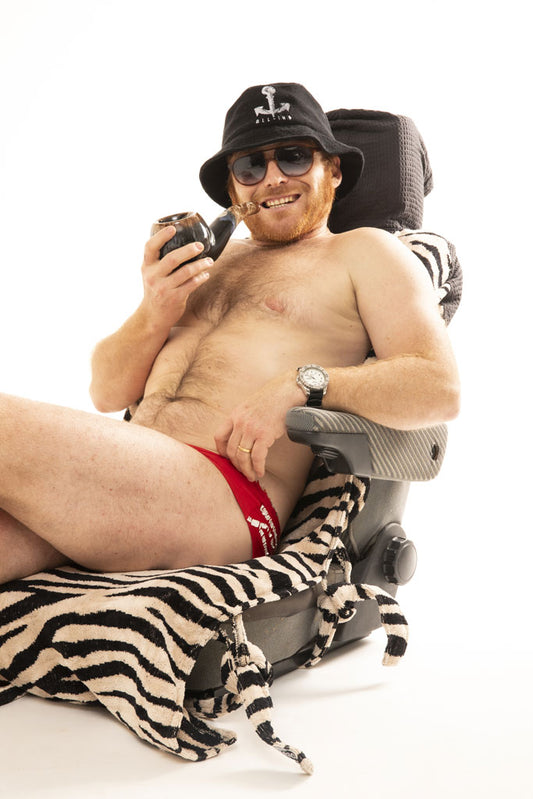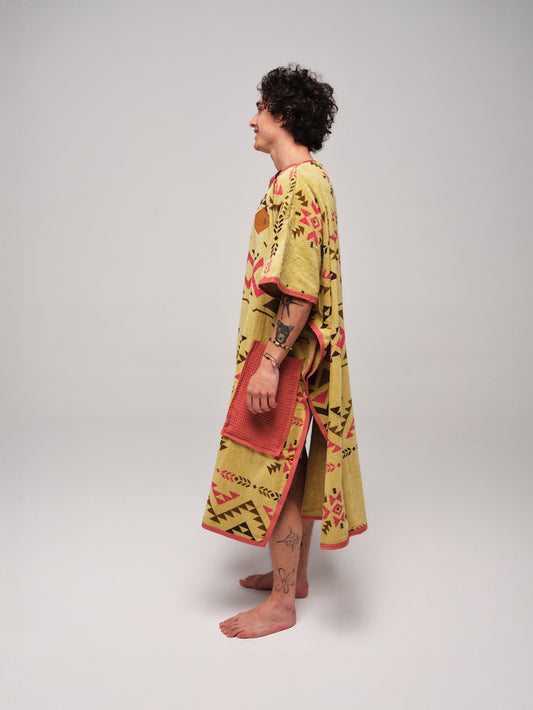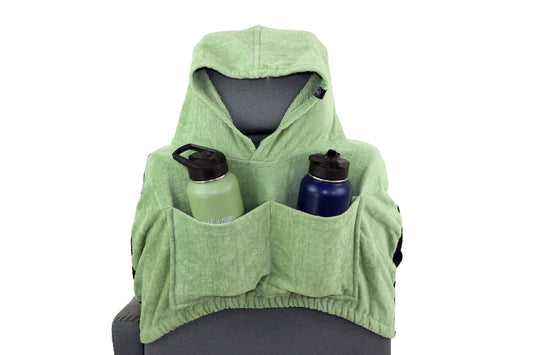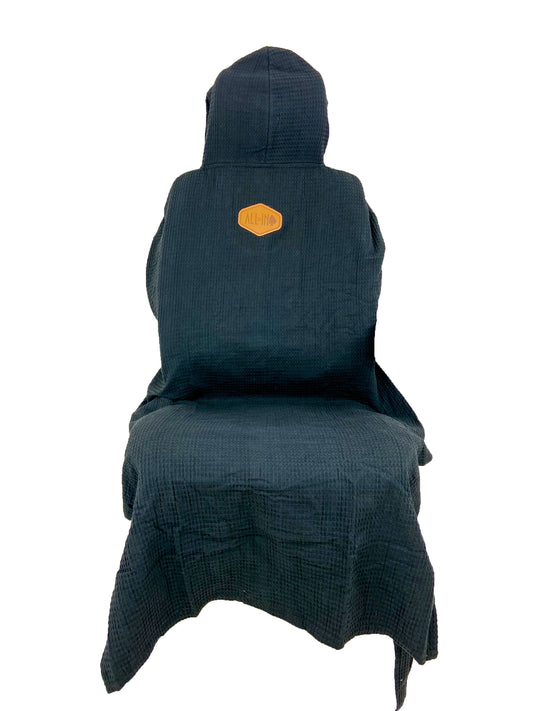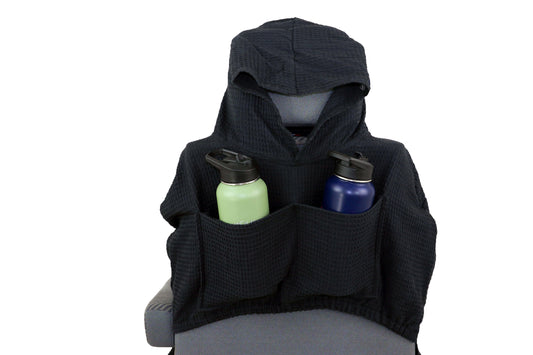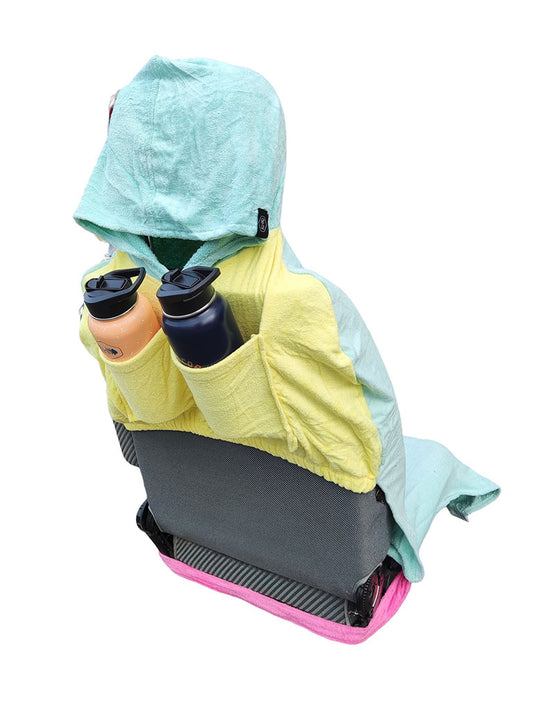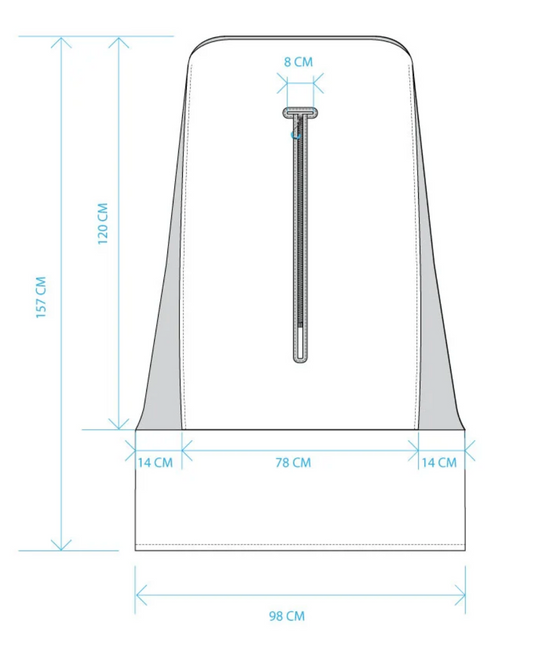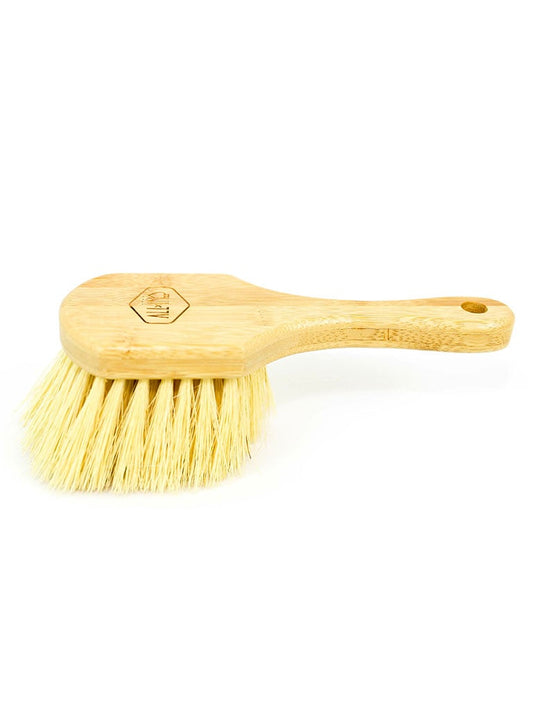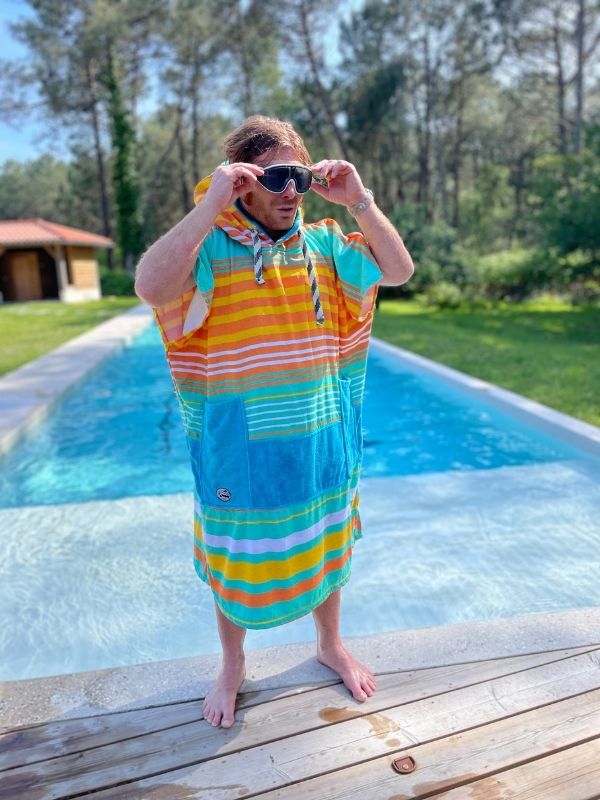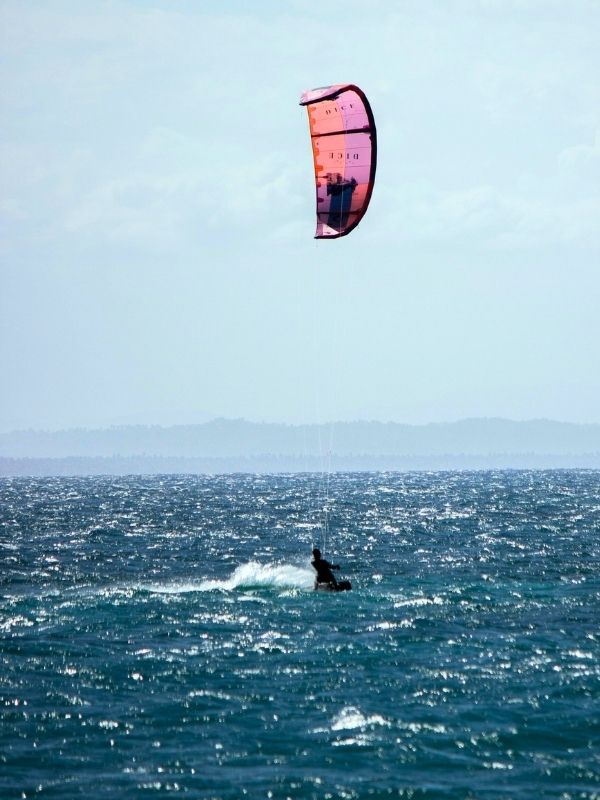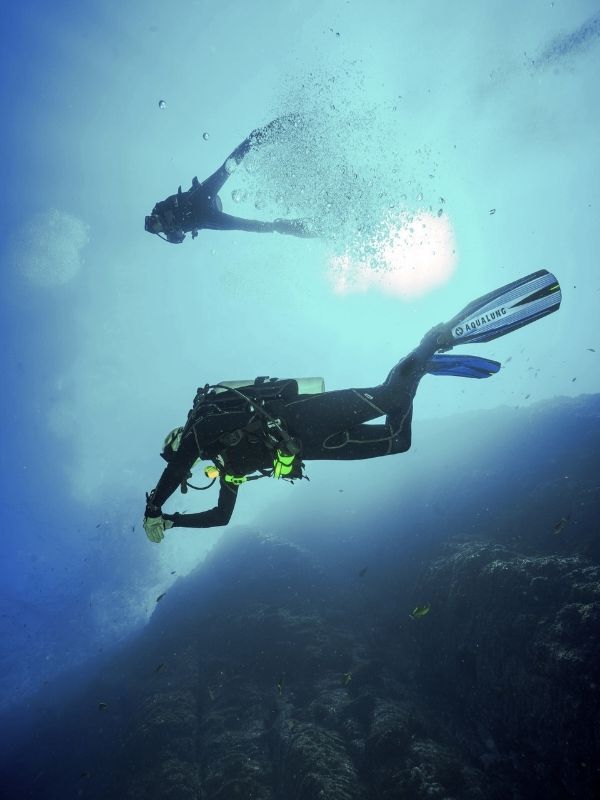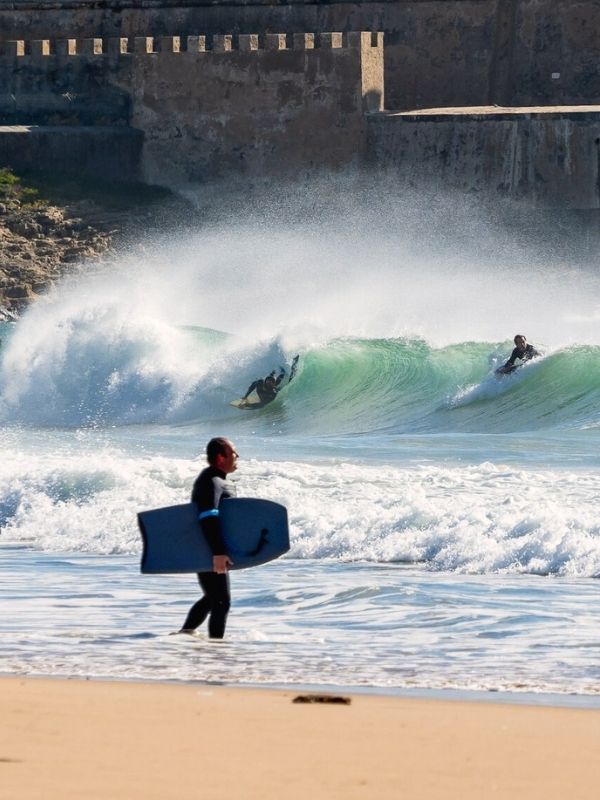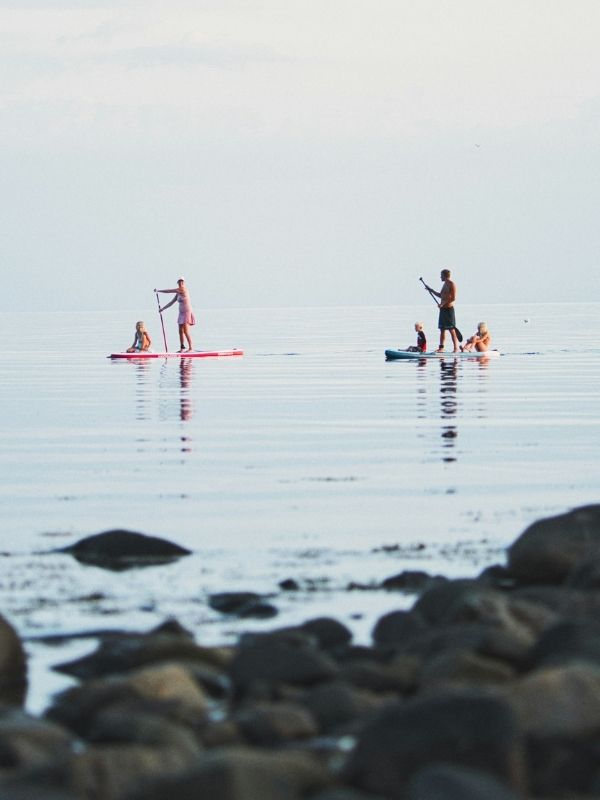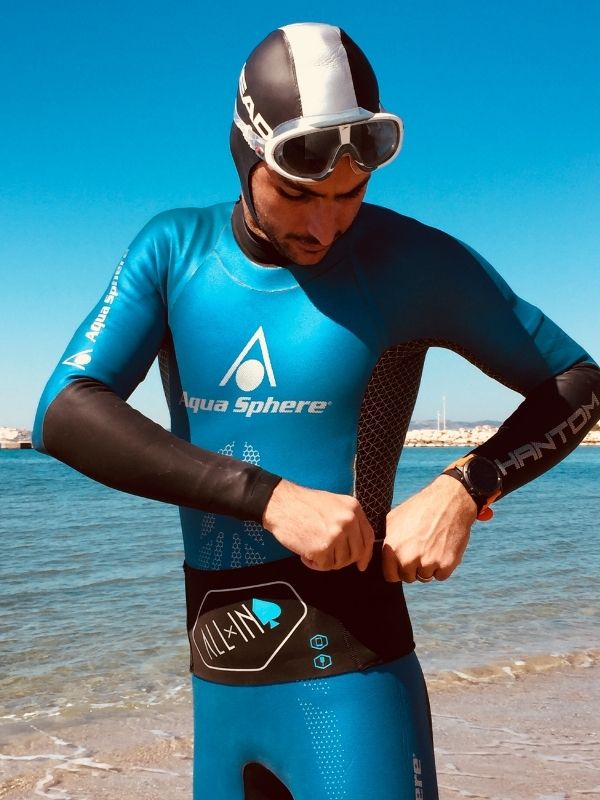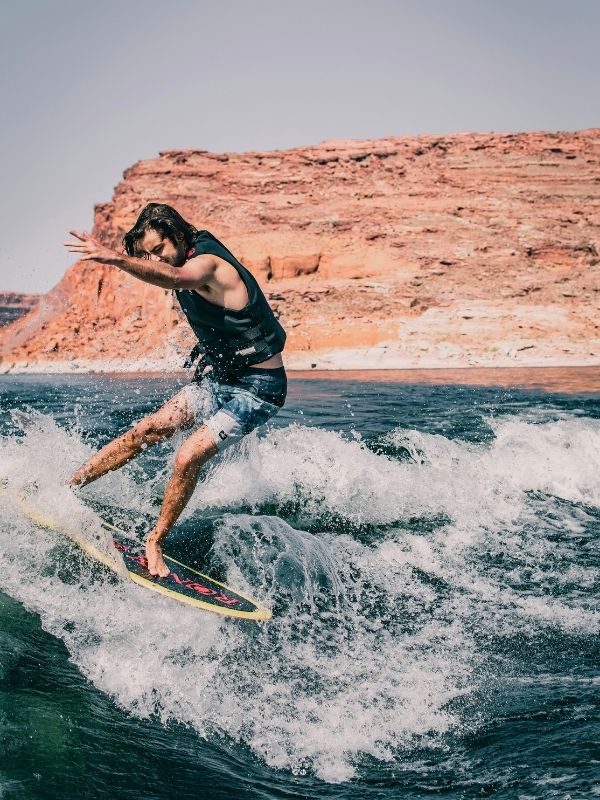Ponchos & accessories for diving - snorkeling
Dive into our collection of ponchos and accessories for diving and snorkeling. Whether you're a fan of morning dawn patrol sessions or exploring the ocean floor with your family, our range combines style, functionality, and respect for the ocean.
Each accessory is designed to provide comfort and protection, transforming your aquatic adventures into unforgettable moments. Discover gear that meets the specific needs of adults and children alike.
Filter:
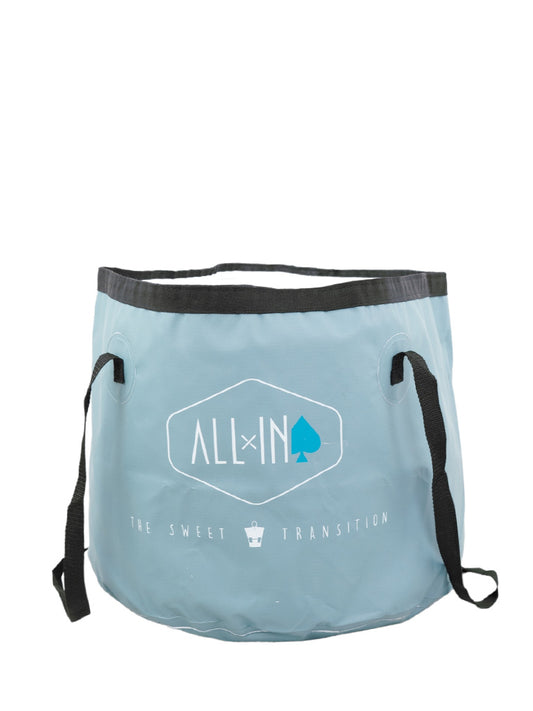
Diaper Bag with Brush - Blue green
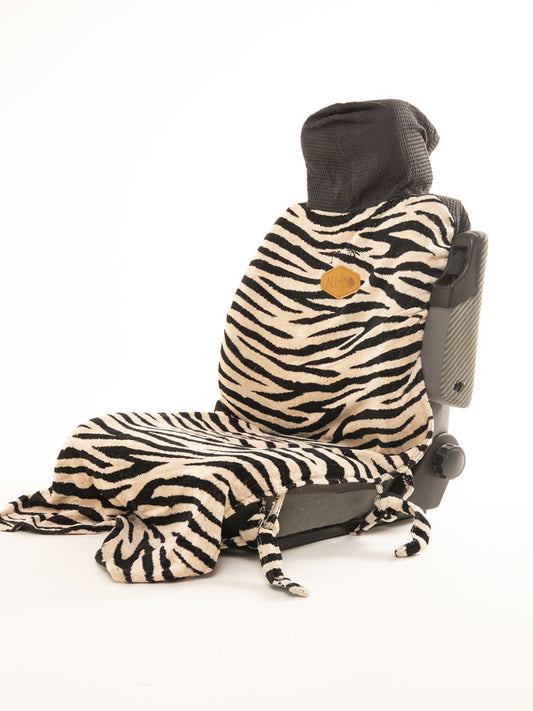
Car seat cover - Zébrée
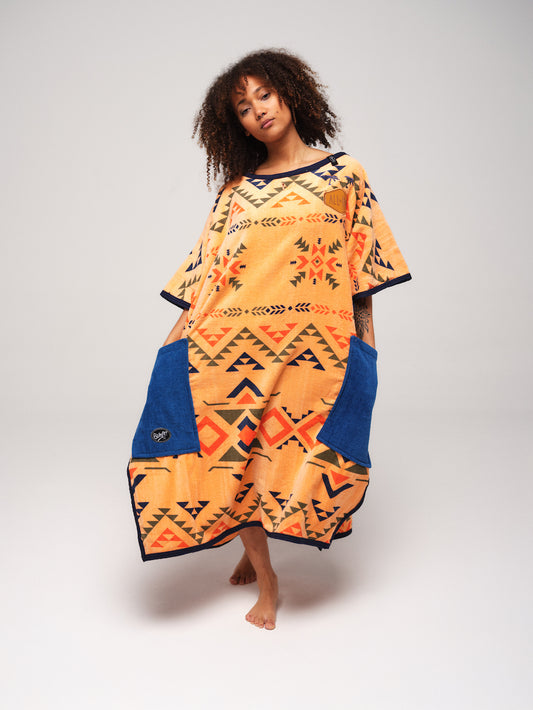
Poncho towel - Indian Marine
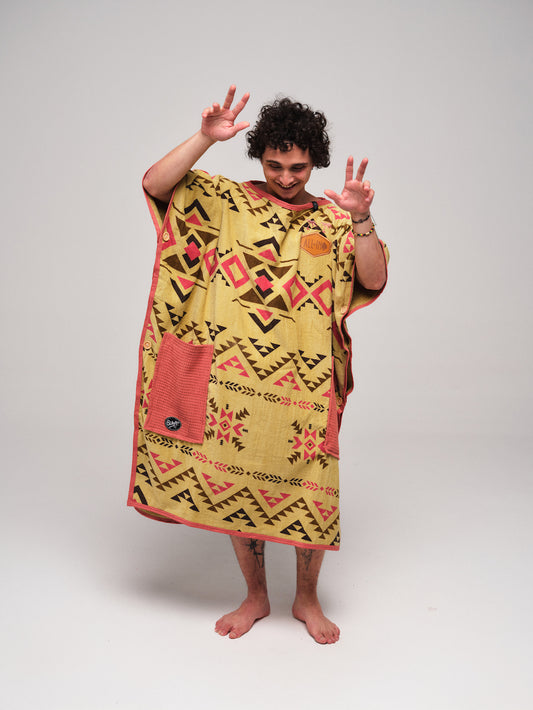
Poncho towel - Indian Marron
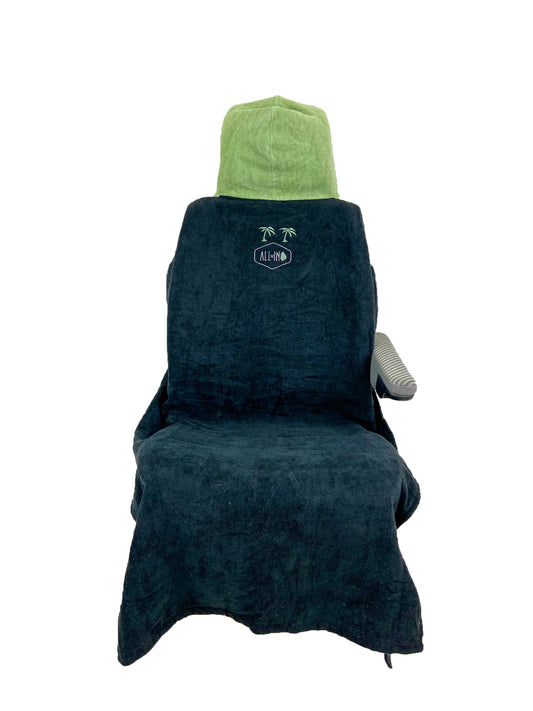
Car seat cover - Black / Khaki
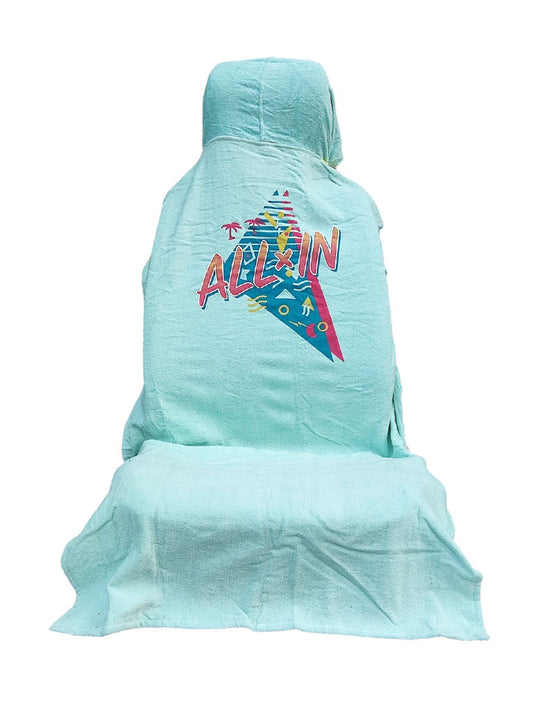
80's car seat cover / Pink

Double car seat cover - Black / Turquoise
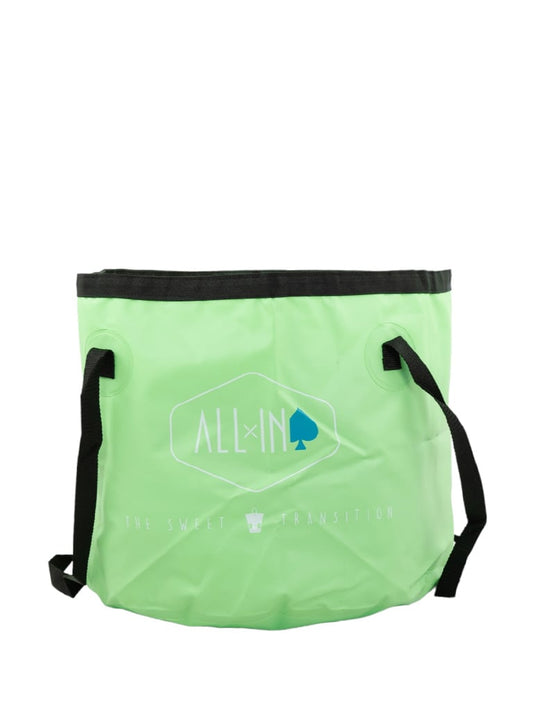
Diaper Bag with Brush - Green
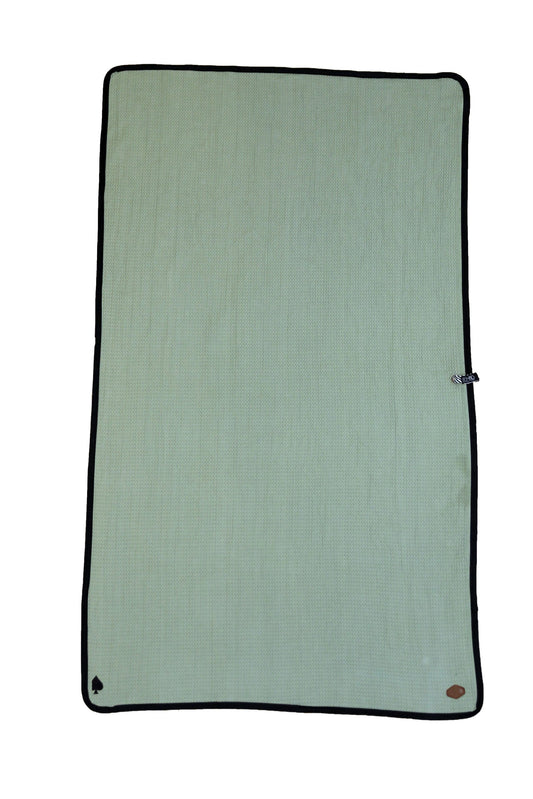
Light beach towel - Smoke
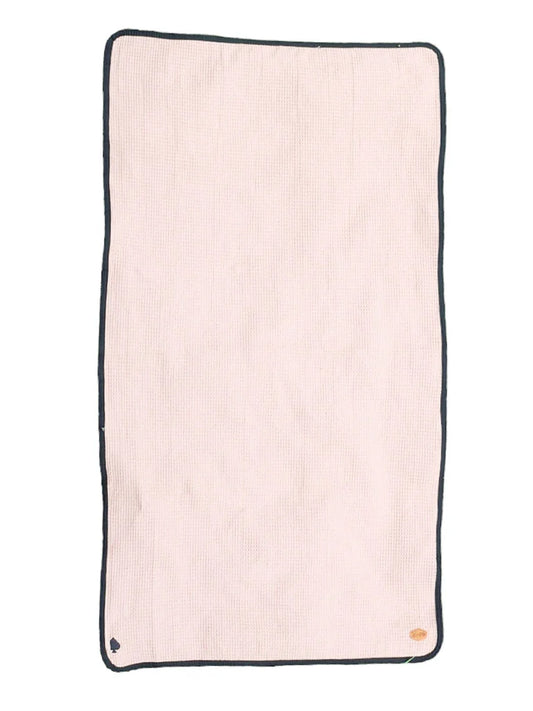
Light beach towel - Dark pink
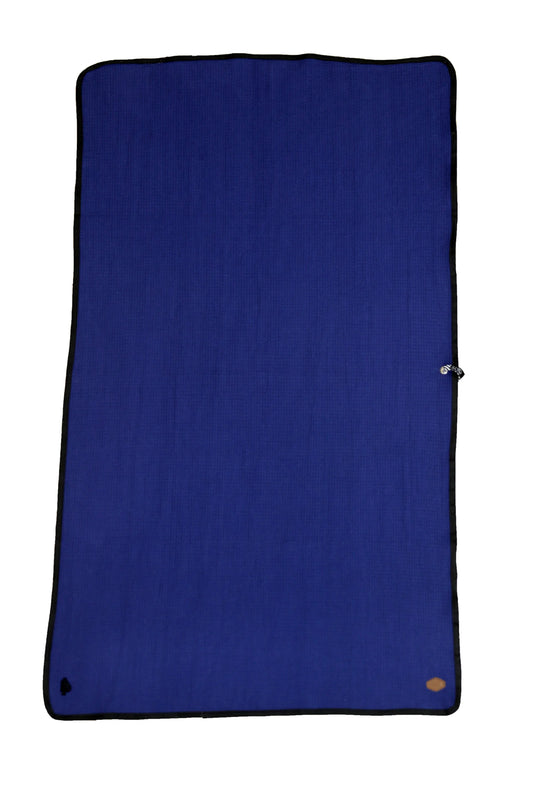
Light beach towel - Grey Blue
Verified Reviews
/ 5 Stars

